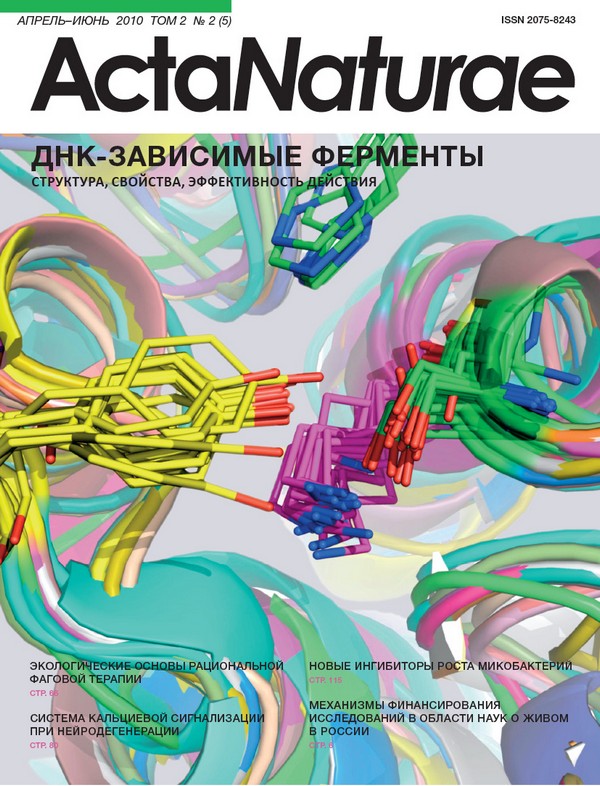Abstract
The cytotoxic properties of cytotoxins (CTs) from snake venom are mediated by their interaction with the cell membrane. The hydrophobic pattern containing the tips of loops I-III and flanked by polar residues is known to be a membrane-binding motif of CTs. However, this is not enough to explain the difference in activity among various CTs which are similar in sequence and in 3D structure. The mechanism of further CT-membrane interaction leading to pore formation and cell death still remains unknown. Published experimental data on the specific interaction between CT and low molecular weight anionic components (sulphatide) of the bilayer point to the existence of corresponding ligand binding sites on the surface of toxin molecules. In this work we study the membrane-lytic properties of CT I, CT II (Naja oxiana), and CT 4 (Naja kaouthia), which belong to different structural and functional types (P- and S-type) of CTs, by measuring the intensity of a fluorescent dye, calcein released from liposomes containing a phosphatidylserine (PS) lipid as an anionic component. Using molecular docking simulations, we find and characterize three sites in CT molecules that can potentially bind the PS polar head. Based on the data obtained, we suggest a hypothesis that CTs can specifically interact with one or more of the anionic lipids (in particular, with PS) contained in the membrane, thus facilitating the interaction between CTs and the lipid bilayer of a cell membrane.







